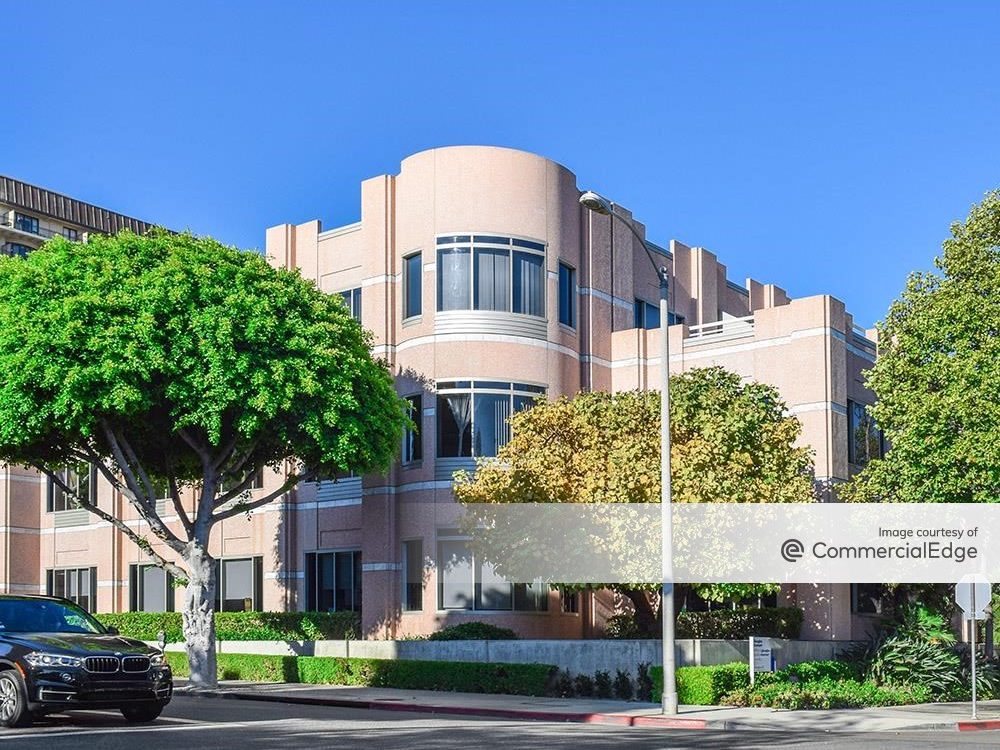How the IRS Streamlined a Key CRE Tax Strategy
Michael Hurst of Moss Adams explains the new IRS alternative for determining when costs incurred for common improvements impact gains and losses.
In January, the IRS released Revenue Procedure (Rev. Proc.) 2023-9, which refreshed and streamlined a previous tax strategy: Rev. Proc. 92-29. Rev. Proc. 92-29 had provided certain benefits to real estate developers who are contractually obligated to provide common area improvements—either real property or real property improvements—on multiple properties held for sale. The strategy led to deferring taxes to future years by allocating increased costs to properties sold in earlier years.
Given current challenges in real estate finance, the replacement of Rev. Proc. 92-29 by Rev. Proc. 2023-9 is taking on new light for its further beneficial impacts for real estate owners and developers.
First, what is the earlier Rev. Proc. 92-29?
Out With the Old
Released in 1992, Rev. Proc 92-29 provided developers an alternative cost method to allocate common area improvement costs across the basis of properties sold to determine the gain or loss on each individual property. It allowed developers to allocate the costs incurred for common area improvements during the current tax year plus the estimated future costs for common area improvements over the next 10 succeeding tax years across all benefiting properties in the development—subject to certain limitations—when determining the gain or loss incurred on properties sold in the current year.
Without using the alternative cost method under Rev. Proc. 92-29, a developer would instead only allocate costs incurred in the current tax year over all benefiting properties when determining gain or loss on current year properties sold.
By using Rev. Proc. 92-29, the developer was often able to increase the basis of properties sold in earlier years, reducing their tax liability on the front end of the development and deferring taxes into later years. A key limitation in this strategy was the total amount of common area improvements deducted could not exceed the total amount incurred to date, known as the alternative cost limitation.
Example of Rev. Proc. 92-29: $80,000 Benefit
A developer will sell 10 properties over three years and expect to incur $500,000 of common area improvement costs. In year one, the developer sells four properties and incurs $300,000 of common area improvement costs.
Without 92-29, the developer would deduct $120,000 of common area improvement costs in year one:
$300,000 (in cost incurred) ÷ 10 properties x 4 sold = $120,000.
With 92-29, the developer would deduct $200,000 of common area improvement costs in year one. The $200,000 deducted doesn’t exceed the $300,000 incurred, so there’s no current year alternative-cost limitation.
$500,000 (in estimated costs) ÷ 10 properties x 4 sold = $200,000.
If, in subsequent years, the estimated cost figure changes, meaning actual costs differ from estimated costs, revised estimates, or the common area improvement scope changes, the calculation is revised and any difference that should have occurred in a prior year is adjusted prospectively to both properties in progress and properties previously sold as opposed to filing an amended return or administrative adjustment request.
To use the alternative cost method, the developer must have been contractually obligated by law to provide the common area improvements. Furthermore, the developer was required to:
- Obtain consent from the IRS for each separate project
- Agree to extend the statute of limitations for all returns reporting the gain or loss on properties sold
- Furnish detailed information annually to the IRS on the project’s status
In With New: Rev. Proc. 2023-9
Effective Jan. 1, 2023, Rev. Proc. 2023-9 makes Rev. Proc. 92-29 obsolete and makes key changes to the application and implementation of the alternative cost method. These changes are generally tax-beneficial to real estate developers as they can facilitate a tax deferral strategy with reduced administrative burdens.
The key changes are as follows.
Alternative Cost Method Application
Rev. Proc. 2023-9 changes the alternative cost method to a method of accounting applicable to the taxpayer’s entire business, encompassing all qualified projects instead of a project-by-project basis. The alternative cost method is available to taxpayers using the accrual or completed contract methods of accounting.
Common Area Improvement Cost Allocation Methods
Rev. Proc. 2023-9 provides several methods for allocating common area improvement costs over the benefitting properties, such as equal allocation, relative costs, relative size, or relative fair market value.
IRS Consent No Longer Required
The requirements to request IRS consent for each project, annual reporting obligations, and statute of limitation extensions, are no longer applicable under Rev. Proc. 2023-9.
Retain Documentation and Calculations for Three Years
Rev. Proc. 2023-9 includes a new requirement for taxpayers using the alternative cost method to retain all relevant documentation and calculations for three years after filing the tax return that reports the completion of the qualifying project.
Alternative Cost Method Taxpayer Guidance
Rev. Proc. 2023-9 provides guidance for taxpayers to change their method of accounting to utilize the alternative cost method. This guidance includes transition instructions for taxpayers with projects in progress as of Jan. 1, 2023, who are using the alternative cost method under Rev. Proc. 92-29.
Michael Hurst, CPA, MBA, CCIFP, and a partner at Moss Adams, has practiced public accounting since 2011.








You must be logged in to post a comment.